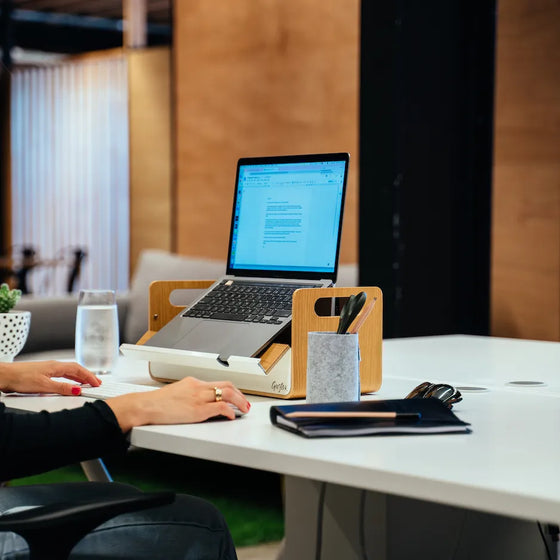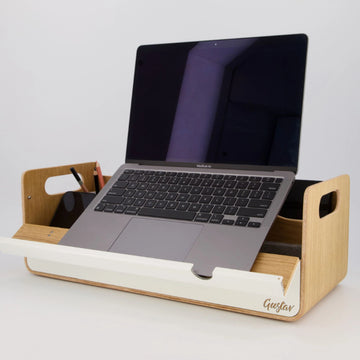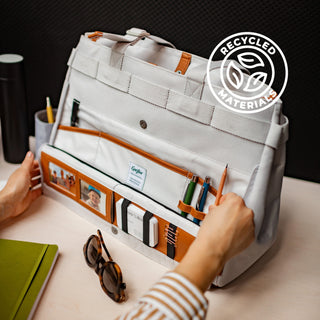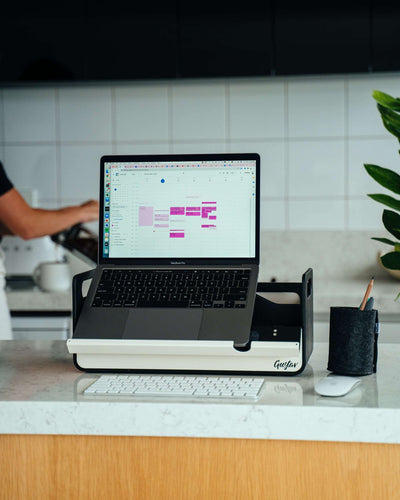Journal
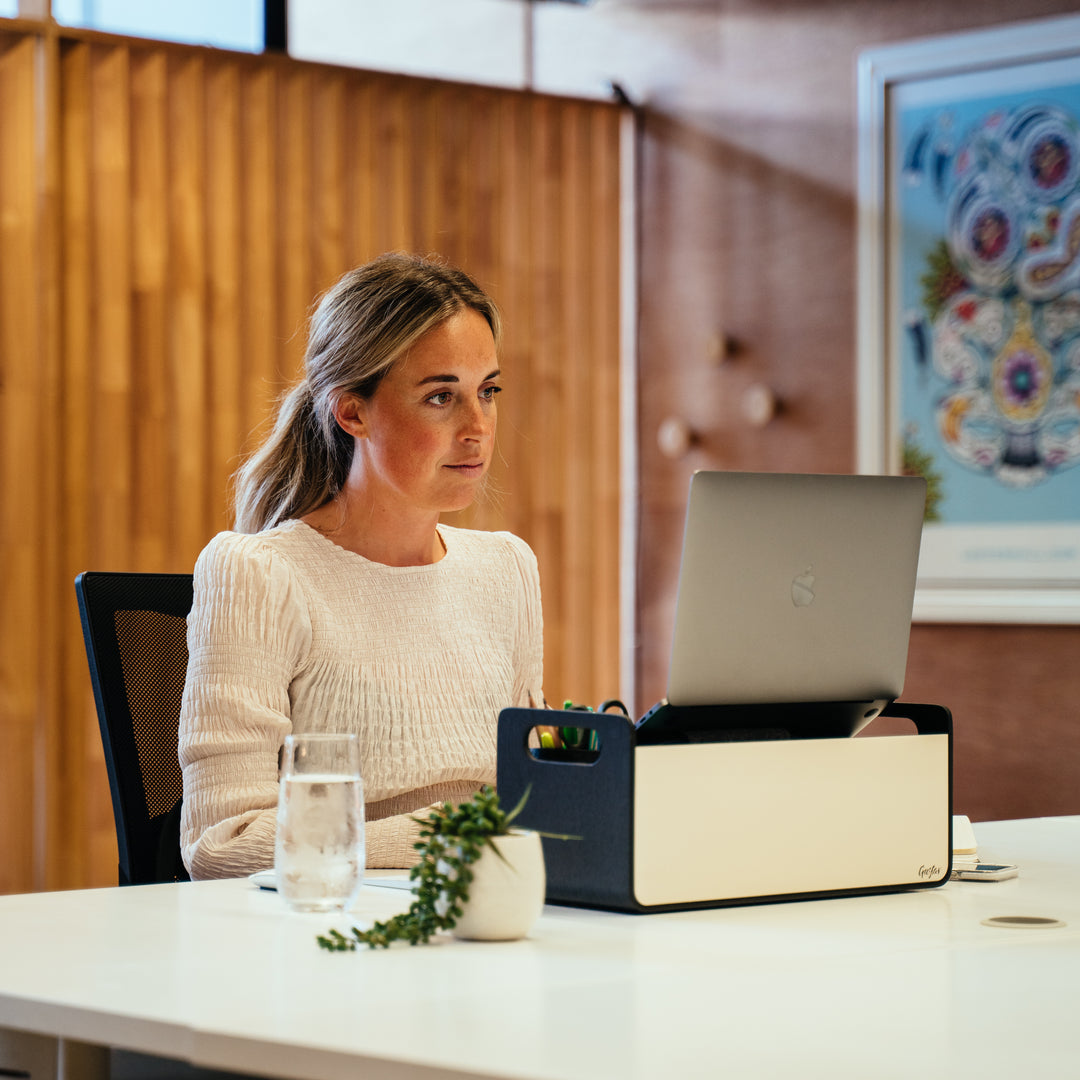
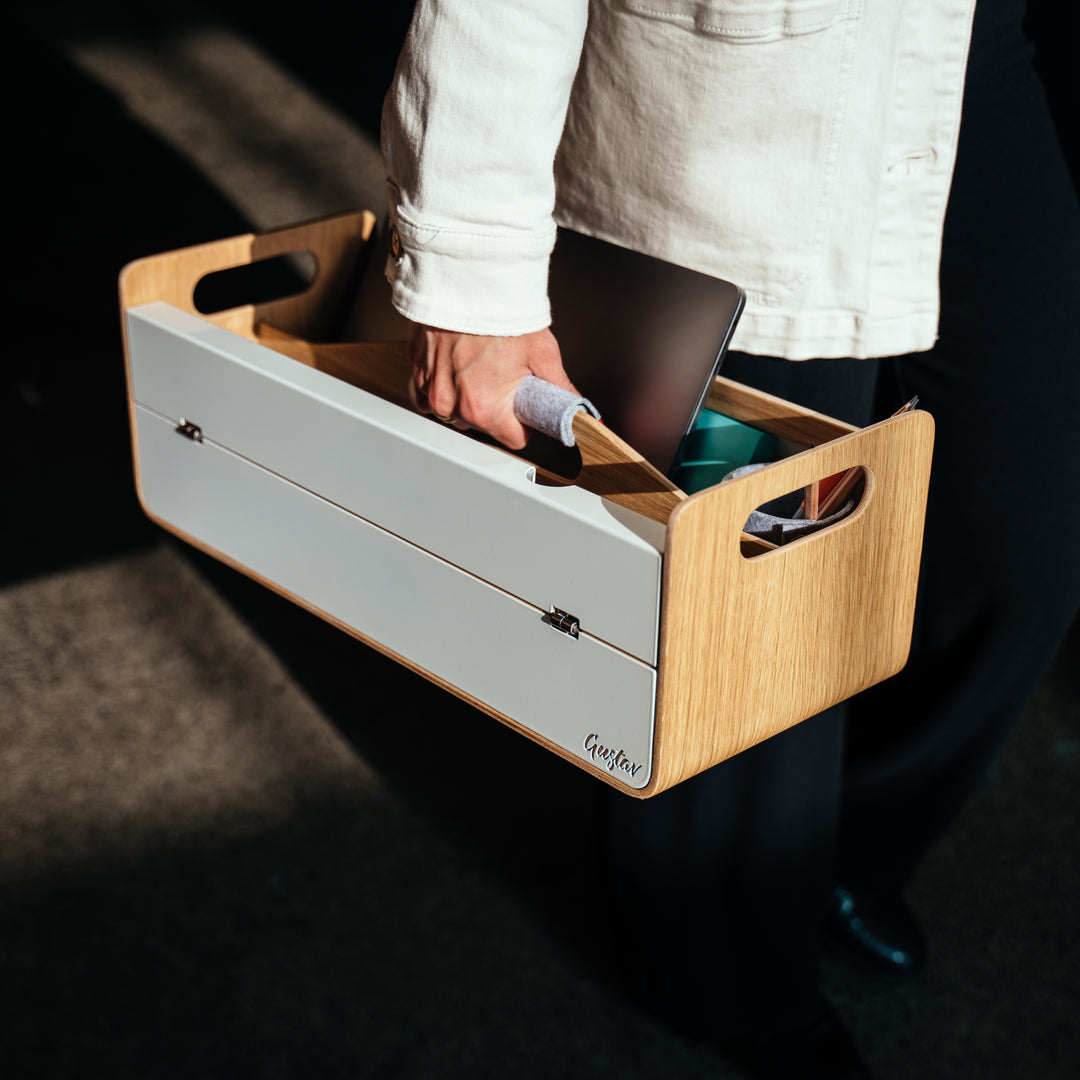
Tout le monde attend avec impatience une époque sans confinement ni mesures de sécurité strictes - mais à quoi ressemblera le monde du travail après Corona ? Experts du travail et futurologues sont d’accord : le travail hybride est l’avenir. Grâce à ces facteurs de réussite, vous pouvez maîtriser la combinaison du travail à domicile et du travail mobile.
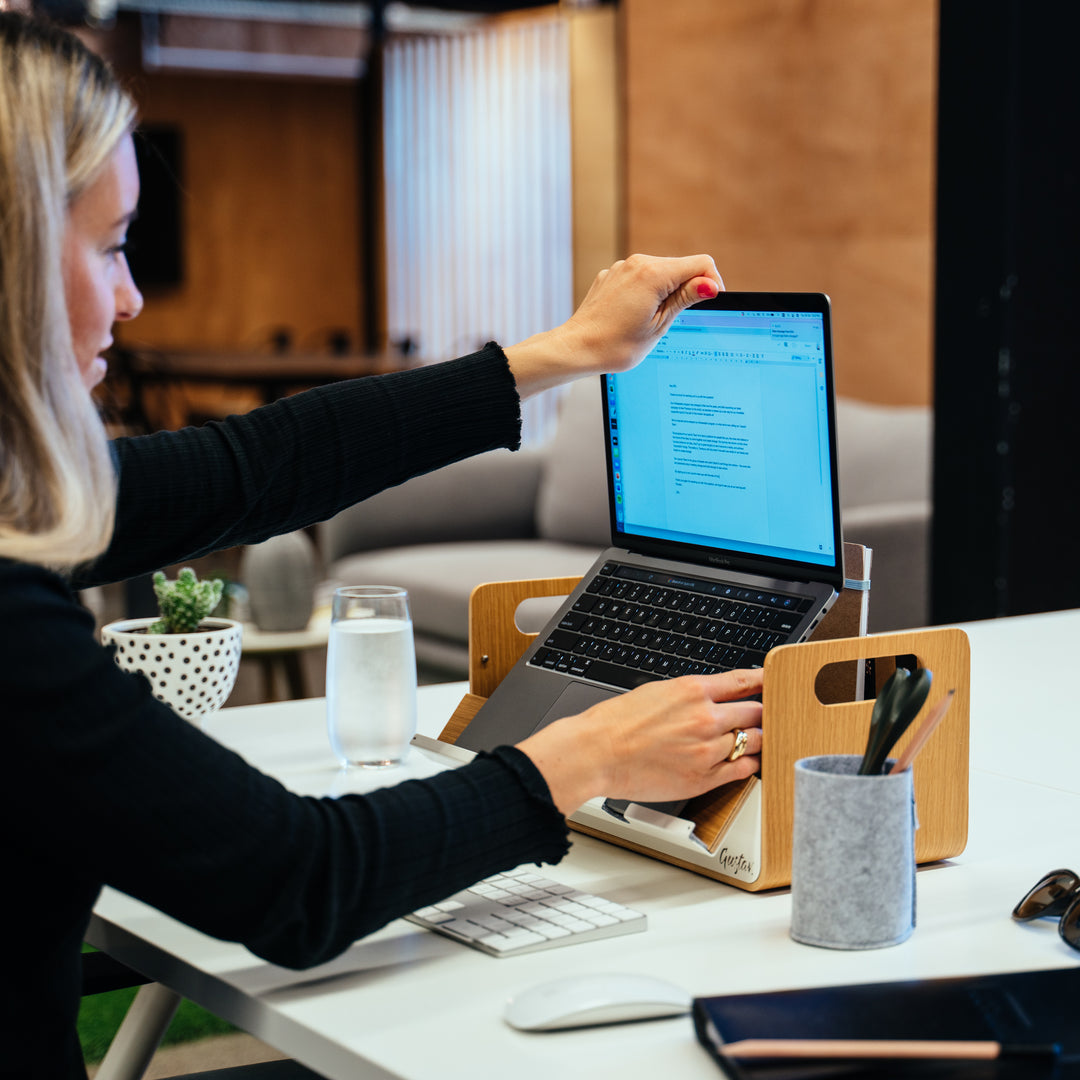
Les meilleurs outils pour le Hot Desking et le travail basé sur les activités
Le travail par activités offre des environnements adaptés à différentes activités professionnelles. Nous montrons les meilleurs outils pour cela sur le blog Gustav.
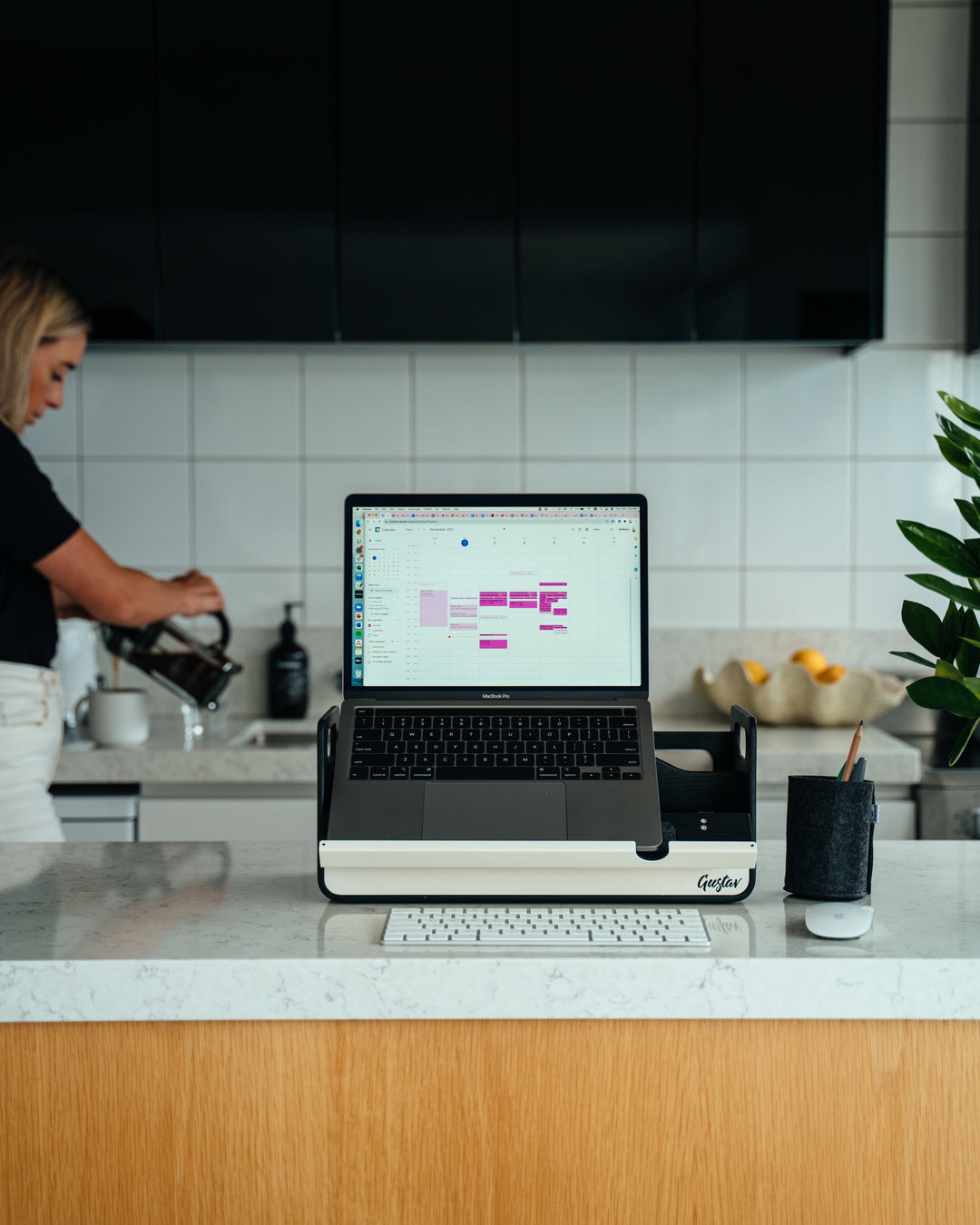

Le monde du travail a été changé à jamais par le Covid. La confiance, qui a longtemps été un obstacle à des méthodes de travail plus flexibles, ne devrait plus être un problème lorsqu'il s'agit de concevoir une nouvelle façon de travailler hybride. Les salariés pourront désormais se déplacer plus librement entre le travail et la maison, entre les salles de réunion et les espaces calmes du bureau.
À mesure que le travail hybride devient la nouvelle norme, une nouvelle génération d’outils facilitant cette approche sera nécessaire. Côté technologique, il y a bien sûr les plateformes de visioconférence comme Zoom et Teams, et les outils collaboratifs comme Google Docs. Côté pratique et physique, il y a Gustav : le bureau dans une boîte qui permettra aux travailleurs à la fois de transporter les documents essentiels et de s'installer rapidement dans n'importe quel endroit, en s'appropriant n'importe quel espace.


